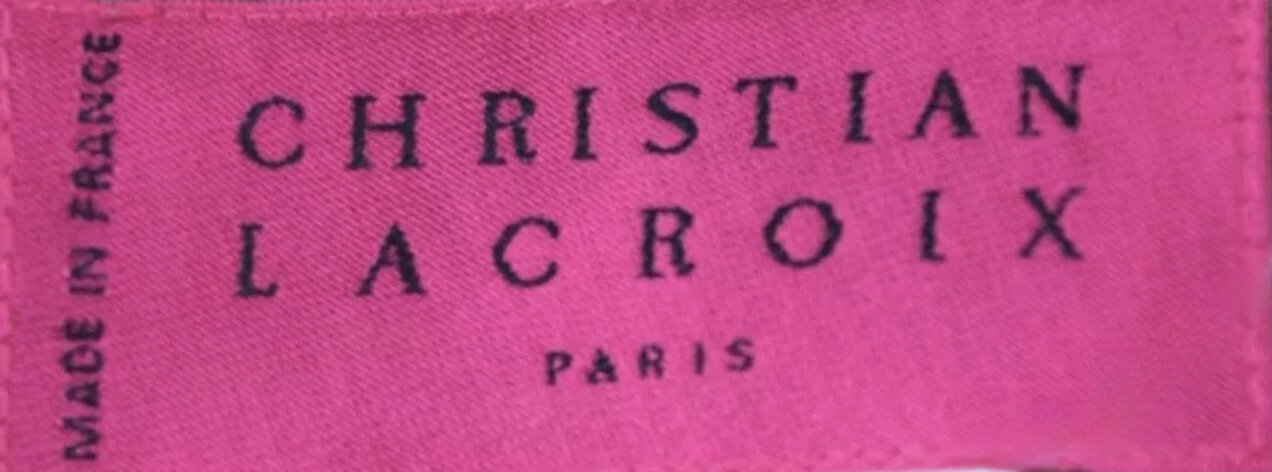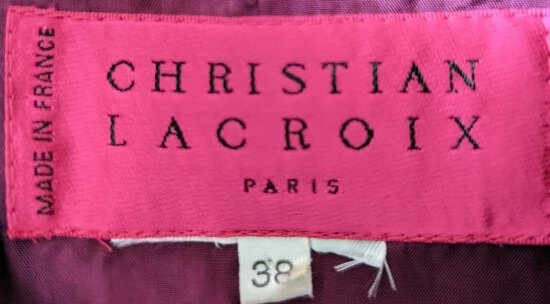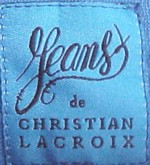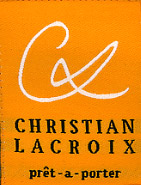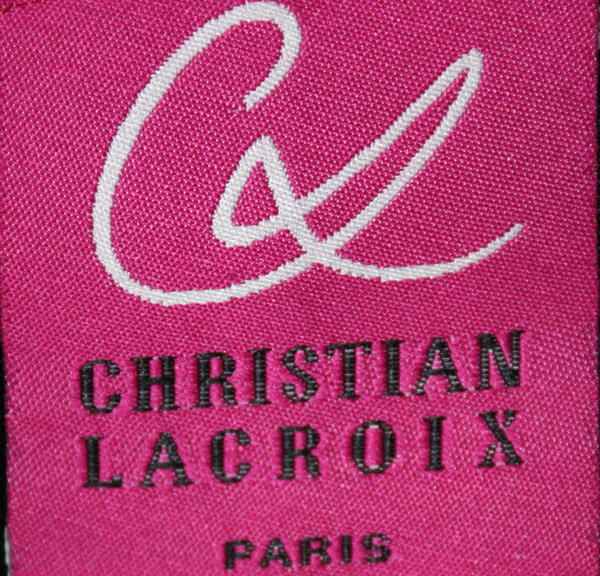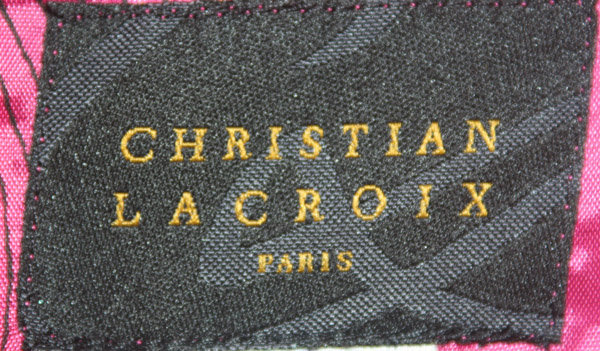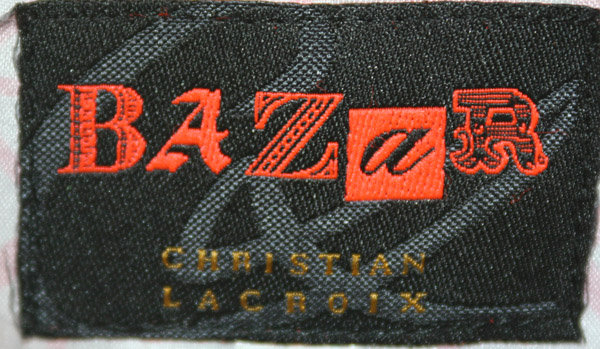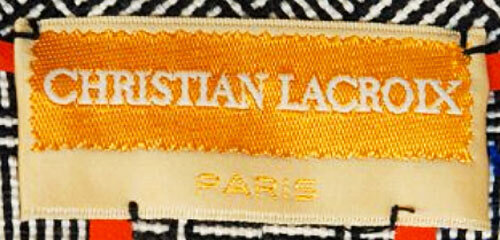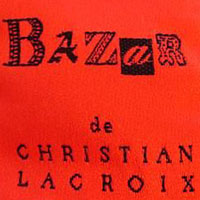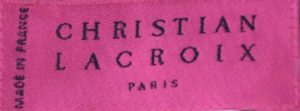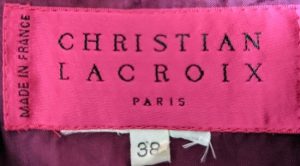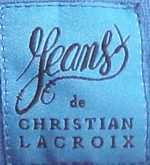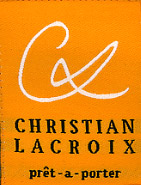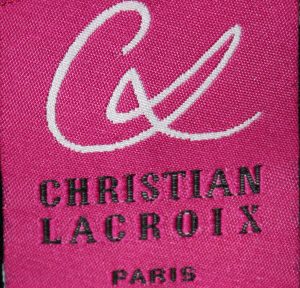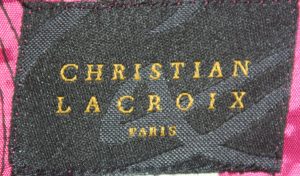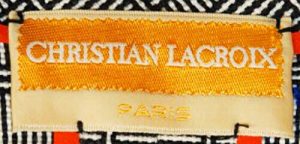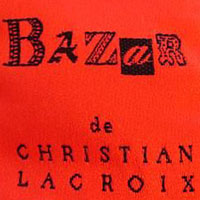Lavish, theatrical, and unapologetically joyful, Christian Lacroix (b. 1951) burst onto the Paris fashion scene in 1987 with an exuberant vision rooted in history, art, and fantasy. After early work in fashion illustration and a role designing couture at the house of Jean Patou, Lacroix launched his own couture label with backing from Bernard Arnault. His debut collection instantly made headlines, and he was hailed as the new star of Paris couture.
Lacroix’s signature designs blended rich references: 18th-century court dress, matador jackets, Provençal folkloric prints, and ecclesiastical embroidery. He famously revived the pouf skirt, embraced bold color and lush textiles, and reinterpreted haute couture as a space for romantic storytelling. His creations, while often labeled “flamboyant,” were also deeply scholarly—drawing on his background in art history and museum studies.
In the 1990s, as minimalism took hold, Lacroix’s opulence fell out of mainstream fashion favor, and ventures into ready-to-wear and licensing met with mixed success. Yet he continued to design couture collections acclaimed for their craftsmanship and creativity.
From 2002 to 2005, Lacroix served as artistic director for Pucci, balancing the brand’s bold legacy with his own flair. Even after the closure of his namesake label’s couture house in 2009, Lacroix continued to work across disciplines, designing for theater, opera, ballet, interiors, and even the French Mint.
Today, Christian Lacroix is recognized not just for the excess of the 1980s but for his rare ability to fuse drama and intellect in fashion. His legacy lives on in the craftsmanship of his couture, the joy of his color palette, and the theatrical grandeur that reshaped what fashion could be.
Written by denisebrain
